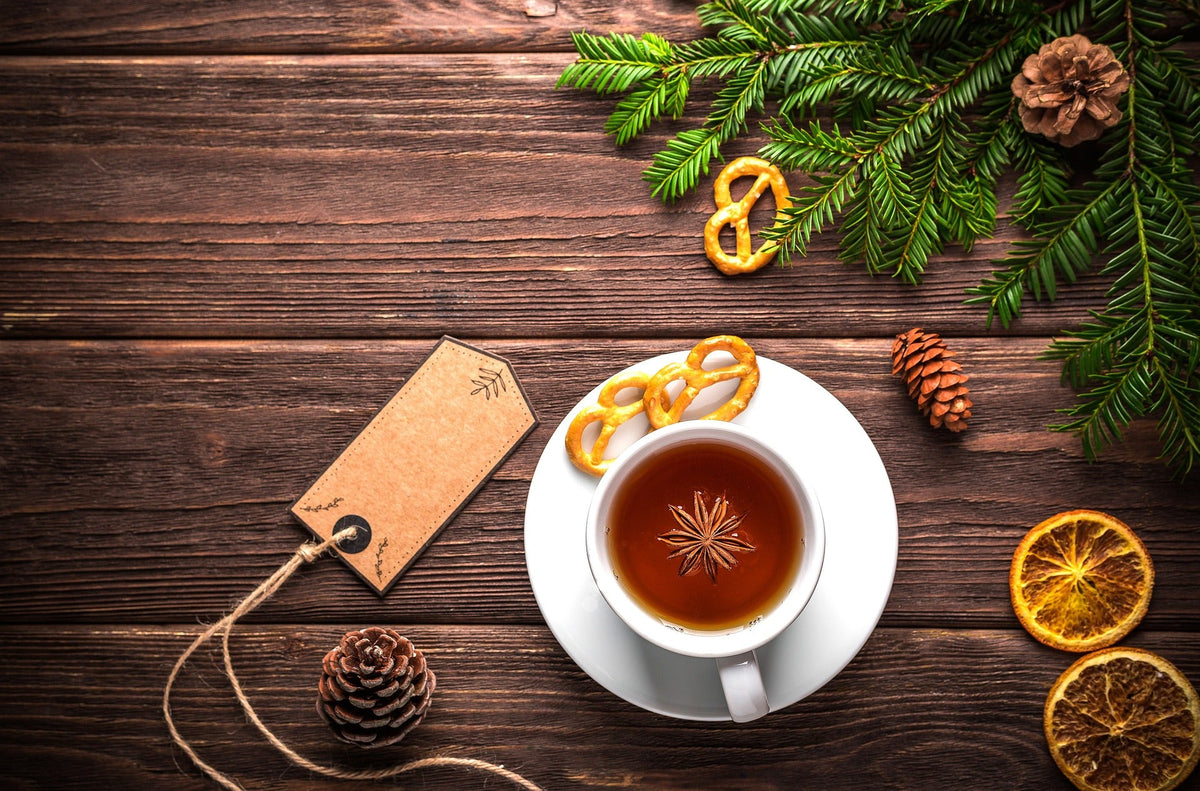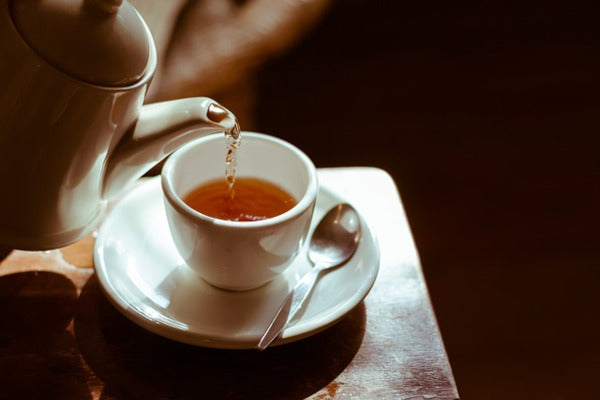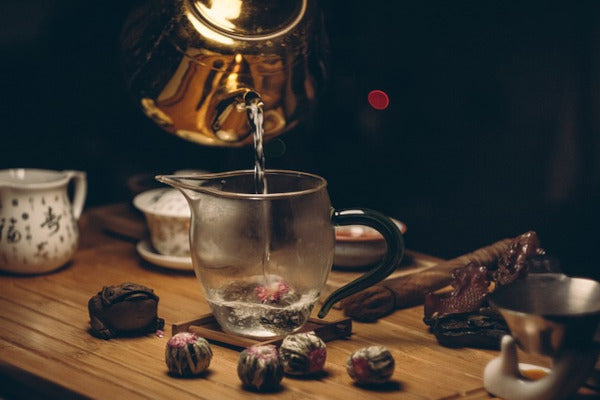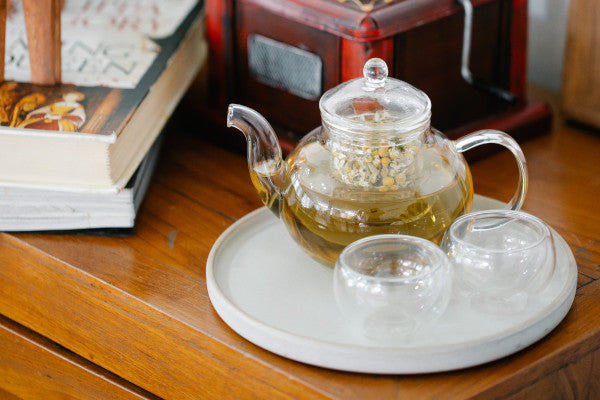You can't visit or live in the Netherlands without stumbling upon the famous stroopwafel. It sounds a little strange, but it's actually a unique experience. Stroopwafels are made of two very thin layers of baked biscuit with a filling very similar to caramel.
If you've ever been to the Netherlands, you've probably come across this cookie at a Dutch market. You can smell these delicious cookies long before you even see them being made.
The Dutch have a reputation for perfection when it comes to their "stroopwafel," because it must be perfectly balanced on top of your cup of coffee or tea . This is the traditional way to eat the tea biscuit, or tapaté as it's known in Spain. Once the steam and heat build up, it warms the biscuit and slightly softens the inside, making it surprisingly delicious.
The dough for the cookies is made from flour, butter, brown sugar, yeast, milk, and eggs. They are then formed into medium-sized balls and placed in a mold inside a hot waffle iron , where they are pressed into the required thin, even round shape. When the cookie has baked and is still warm, it is divided into two halves in thin layers, and the hot filling, made from molasses syrup, brown sugar, butter, and cinnamon, is spread between the two cookie halves, again gluing them together.
History of the Stroopwafel
The stroopwafel originates from Gouda in the Netherlands. Gouda is well-known worldwide for its famous cheeses. It is said to have been first made during the 18th or early 19th century by a baker, using leftovers from the bakery, such as bread crumbs, which were sweetened with syrup.
In the 19th century, there were around 100 bakers who made the famous syrup wafer in Gouda. It was the only city where they were made until 1870. From that year on, they also began to be made at traditional festivals and markets outside of Gouda. In the 20th century, factories began making stroopwafels, and by 1960, there were 17 factories in Gouda, four of which are still open today.
At Tétique, we're committed to offering the best tea experience possible, and this includes pairing it perfectly with delicious desserts like the Stroopwafel. That's why we offer a selection of teas that are perfect for pairing with this dessert. From black and green teas to fruit infusions and the popular herbal teas , we have a variety of options that perfectly complement the unique taste of the Stroopwafel.
We also supply tea to bakeries and cafes. We have a wide selection of teas in different forms, from organic tea bags to loose tea options, so you can customize your selection and offer the perfect tea experience to your customers. Whether you're looking for classic options or more exotic varieties, at Tétique we have what you need to meet your business needs.
Stroopwafel or Tapa tea in Spain
In Spain, we've called them the famous Dutch cookie "Stroopwafel," "Tata Té," or "Tatas de Té . " The name comes directly from their use: they're placed on top of a steaming cup of tea, coffee, or hot chocolate. The steam softens the cookie as the caramel or molasses heats up, sometimes even breaking it underneath.
We show you a video of how you can make tapaté cookies at home:
We wanted to show you this unique cookie because it's an ideal companion to your Tétique organic tea . For example, a cinnamon cream rooibos tea , breakfast black tea , Darjeeling Earl Grey tea , or an Energizing Organic Green tea, among many other Tétique organic teas and infusions . Trust Tétique as your supplier of quality tea for your bakery or café.






